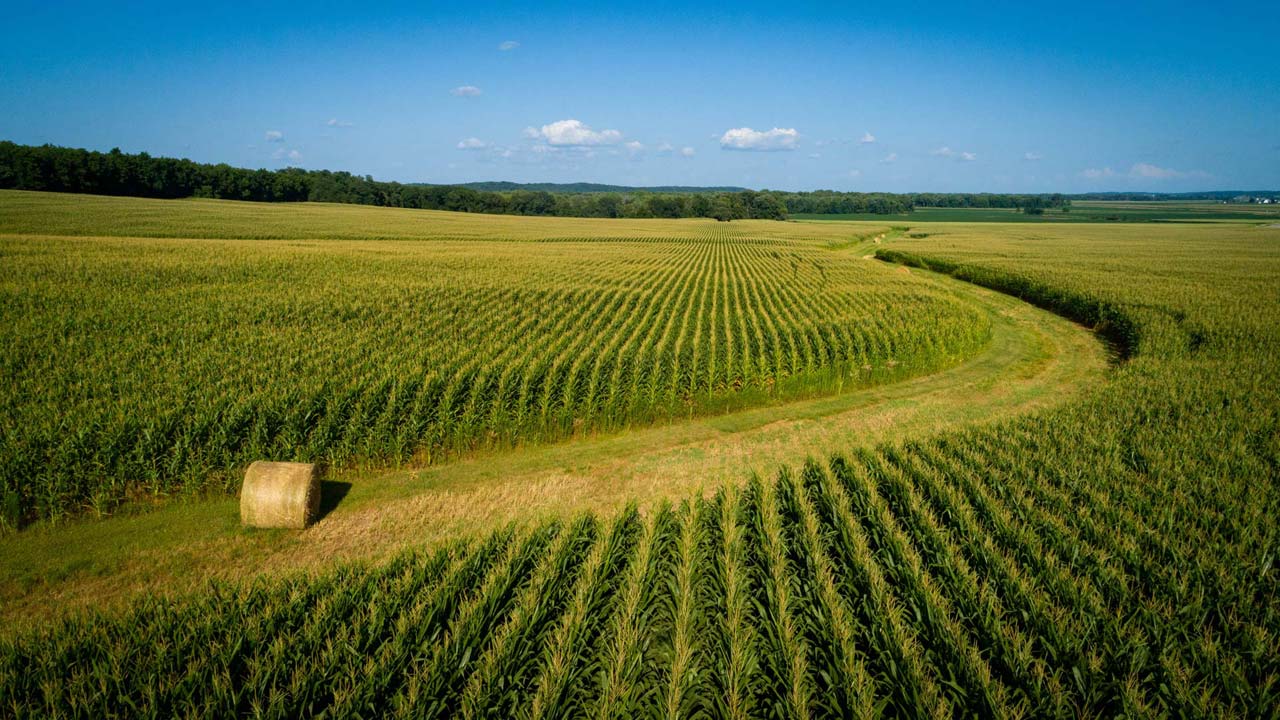2025 March Stewardship Advocate
Herbicide Strategy
In August of 2024, the Environmental Protection Agency (EPA) published the herbicide strategy which outlines ways to decrease herbicide drift and runoff from fields by establishing a point-based mitigation approach. The strategy also affects registration of new herbicides and re-registration of existing herbicides. The herbicide strategy has three objectives…decreasing herbicide drift, cutting down on erosion and runoff and aligning herbicide re-registration timing to a standard 15 years.
The herbicide strategy was EPA’s response to lawsuits claiming that EPA did not consider the Endangered Species Act when reviewing and registering herbicides, as they are required to do by law. The lawsuits were settled when EPA began to develop and eventually released their herbicide strategy last year. The key element of the strategy is what’s known as mitigation measures which are landscape parameters and farm practices that reduce erosion and runoff to water bodies containing aquatic species.
What this means to Iowa farmers
In this point system, Iowa farmers can attain points based on where they live and how they farm. For example, each county is scored based on how vulnerable the county is to runoff. About 60% of Iowa countries get two points while the other 40% receive zero points. Other ways farmers can achieve mitigation points is through reduced till or no-till, cover crops, grassed waterways and field buffers. Farmers can also receive points if their field has less than 3% slope and they keep track of mitigations scores. Because runoff is a big concern, not irrigating is equal to three points which is half to 100% of the points some Iowa farmers will need to comply with the herbicide strategy. For most future herbicide registrations and re-registrations, Iowa farmers will need to achieve 0-6 points.
As of now, only Liberty ULTRA herbicide has a label that requires three mitigation points which can be met by not irrigating. Other herbicides will have mitigation requirements on their labels when they are registered or re-registered during the next several years.
Atrazine is a special situation
Atrazine is currently in EPA’s queue for re-registration. It is anticipated that the future label will require 0-6 mitigation points, depending on the Iowa county where it will be used. The vast majority of Iowa farmers can meet a minimum of 6 points due to where they farm and the practices they have implemented in their corn production system.
Mitigation measures calculator
EPA released a mitigation points calculator that famers and other users can utilize to calculate their mitigation points by filling out a straight-forward spreadsheet that keeps track of points accumulated as the user answers a series of questions. At the end, users are shown the number of mitigation points for a particular field or farm and whether they need to achieve more points to meet the number of points needed for the herbicide in question. Farmers and other interested parties can find the herbicide calculator here: EPA Herbicide Runoff Calculator and a user guide to help utilize the calculator is here: EPA Herbicide Runoff Calculator User Guide. For more information, please contact corninfo@iowacorn.org.
Latest Information
Emergency Commodity Assistance Program unveiled by USDA-FSA
Drainage Solutions – Agricultural Drainage Management Coalition
Secretary Naig Invites Applications for Century and Heritage Farm Recognition

Farmer to Farmer: Andrew Luzum
Andrew Luzum and his family farm in Winneshiek and Des Moines counties. It is truly a family farm with Andrew farming with his dad, brothers and in-laws. They manage a corn-soybean rotation along with some alfalfa. To add to their diversification, they also have a cow-calf operation and raise club lambs.
Even though Andrew started farming in 2017 and has a young family, he is already thinking about the farm’s legacy and leaving it in better hands for succeeding generations. “My farming goals revolve around a handful of principles including profitability, enhancing the environment, soil health, legacy, passing it on to the next generation and the privilege of farming with family members,” says Andrew. “I would say profitability is viability. Our environmental goals continue to change. We used to chisel plow all our corn acres. Today we no-till all of our beans and make one tillage pass when going from soybeans to corn.”
Andrew continues to experiment with cover crops and is looking for ways to make it more permanent on their farms saying, “We get the added benefit of grazing our cover crops. Fall seeded rye behind silage acres is our focus today. In northeast Iowa, I struggle with early planting and having the soils warm enough with the cover crop. I plan to continue to experiment in the future with drone application of turnips and oats and finding ways to graze the cattle on those acres in the fall. In Des Moines County, we have planted turnips in the fall and grazed sheep on them. We also have planted triticale and winter wheat as cover crops on seed corn acres where we can fall seed early and get successful germination and establishment. This gives us some fall grazing opportunities as well as leaving some acres for an early spring forage. Overall, cover crops continue to be a learning opportunity for us but definitely provide several benefits on our farms.”
Andrew farms near a trout hatchery in Winneshiek County where water quality is tested regularly. He says, “We have a tremendous influence on the quality of water that comes out of those springs and I feel a responsibility to do my part.”
Andrew and family plant mostly 95-105 day corn and occasionally plant 110 day hybrids if the planting season is suitable for fuller season hybrids. Their planting rate is 32,000-34,000 seeds per acre. Their fertility program continues to evolve. They apply a portion of their nitrogen in the fall with a stabilizer and follow up with additional units of nitrogen with the planter. Andrew says he plans to incorporate more side-dressing into their fertility program.
Off the farm, Andrew is a Nutrient Maximizer Strategic Account Manager where he covers the southern half of Iowa and one third of Illinois. In his role, he focuses on the nitrogen stabilizer business adding, “I get to help our retail and farmer customers everyday do a better job managing nitrogen programs. It’s fun to be able to support a product that preserves nitrogen, adds bushels to growers and helps our environment along the way.”
Besides a full-time job and farming, Andrew finds time to support the corn industry. He is an active member of the Iowa Corn Animal Agriculture and Environment Committee. His passion for the industry is obvious when he says, “I believe in order to have a voice, you have to get involved and not just count on someone else to lead the way. I think with our Iowa Nutrient Reduction Strategy, we are going to continue to have hard discussions about the future of farming. I joined so hopefully I can add some youthful insight into the future of where we are going!”
Upcoming Events:
March 31: Deadline to sign up for conservation trailer; Conservation Station – Iowa Learning Farms
Throughout April across Iowa: Various topics including private pesticide applicator training; ISU Extension Calendar of Events – Events List
April 8: Getting Going with Grazing; Winter Webinars – Practical Farmers of Iowa
April 9: INRC Spring 2025 Water Research Seminar Series: Insights | Iowa Nutrient Research Center
April 10: Wetland Field Day – Iowa Learning Farms
